Authors: Jenny Doyle and Kathryn Milchem
Practical Pre-School Books 2012
ISBN 978-1-907241-34-5
“This is such a sea change for me and so much to take on – my mind is swimming and excited at the same time, can you give me the steps to get started” – a plea made to me just two weeks ago on our latest level 3 Forest School training by an early years practitioner. I think those of us who have been enmeshed in Forest School for many years it can sometimes be hard to put yourself in the shoes of those who are coming to this for the first time. Particularly for educators who have little outdoor experience and have come to build their confidence in going outside and for those who find the learner centred nature of Forest School hard to envisage working in the outdoors. “Will they run wild?”, “what do I do – it feels hard doing nothing”, “trusting the process is hard”, “what!….you have 3 year olds lighting fires and even using knives – mine will never do that” are just some of the comments that are perfectly understandable. So taking the Forest School approach of little by little, small achievable steps, starting where the learners are at is very much the order of the day and this book by practicing these principles in its presentation will help all those educators who are new to Forest School and just embarking on their journey.
Two of the UK’s really experienced practitioners and organisers in Early Years Forest School practice have teamed together and produced a useful manual that is well presented and very easy to read. With clearly laid out case studies of the many aspects of Forest School, ‘top tips’ boxes, and well bulleted points this ‘handbook’ is easy to dip into and quickly get the key aspects of setting up a Forest School. The book covers many different Forest School settings and contexts from the inner city through to the urban, from the multicultural through to special needs groups. It touches on all the key things you need to consider when establishing a Forest school – from choosing and managing a site and writing a landowners agreement through to basic health and safety procedures such as toileting and insurance.
The first three chapters give a good accurate introduction to the history and philosophy of Forest School, the importance of good planning and preparation is highlighted. It is useful to hear of two case studies from Scandinavia that give a real feel of the Scandinavian philosophy – as the authors point out “…they don’t ‘do’ Forest school but ‘live’ Forest School”. The book goes on to outline the main pedagogies that underpin Forest School in the UK, going back to the victorian educators and philosophers, and it is useful to read how the 3 areas that fundamentally underpin Forest School permeate most of the book ie
• working in a wide variety of natural environments that include trees;
• developing long term programmes;
• primarily child led learning.
Much is talked about training leaders, how the training in the UK is organized, and this book is not a replacement for training but a good companion.
Questioning, elicitation and reflection methods are excellently presented and get to the heart of the Forest School process. This chapter shows some clear links to the new EYFS – the prime and specific areas of learning. There is a chapter with many ideas of seasonal ‘activities’. If I have one criticism, this chapter could be expanded on how these can be used as a stimulus for both co-constructed learning and child-led learning. It could have included some case studies on how children can for example take ownership of treasure hunts and mud pies and how practitioners can scaffold these to deepen the learning but still keep it learner centred.
The appendices include sample management plans and session plans. While there are case studies that explain the observation and evaluation process – the laevers scale is described in one case study, one ‘missing piece’ is to have examples of ways observations and evaluations are made and integrated into the session planning. This would have then shown how the observations and evaluations are the main part of session planning.
The chapter on involving colleagues and parents gives some good tips and hints on getting others involved so you can maintain the higher ratios and get support from parents. For those setting up independently the code of conduct and freelance section in the Forest School growth chapter provides some useful pointers.
Kathryn states at the end “… we hope that by sharing the knowledge, skills and experience gained through our Forest School journeys we will encourage others to share, learn and reflect on their practice in their settings and others”. For those finding the start of the journey overwhelming and for those who also need some useful nitty gritty tips then this book will indeed help in your reflections and ‘setting up’.
Have you read this book? What do YOU think? Leave a reply below.
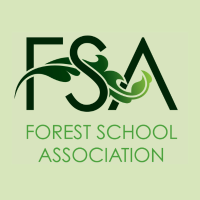

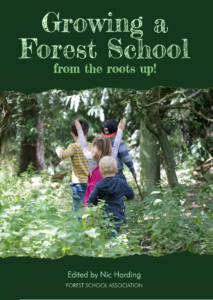
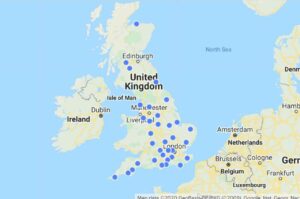
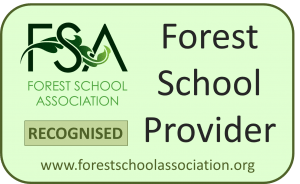
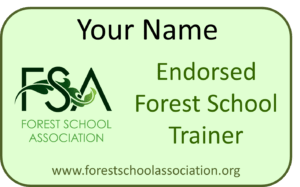
I think Jon’s review is spot on. I especially liked the sections on reflection, questioning etc. I’ve put this book on the reading list for students and make sure that all those working within the early years sector have a good look at it.
This is a really clear book from two very good Forest School leaders, my Foundation Degree students are really enjoying it.